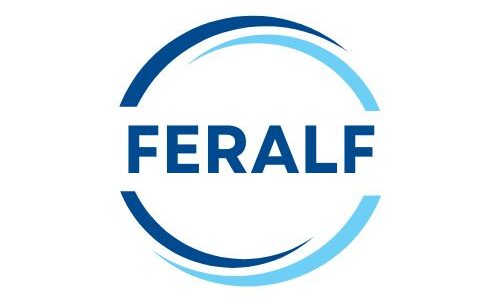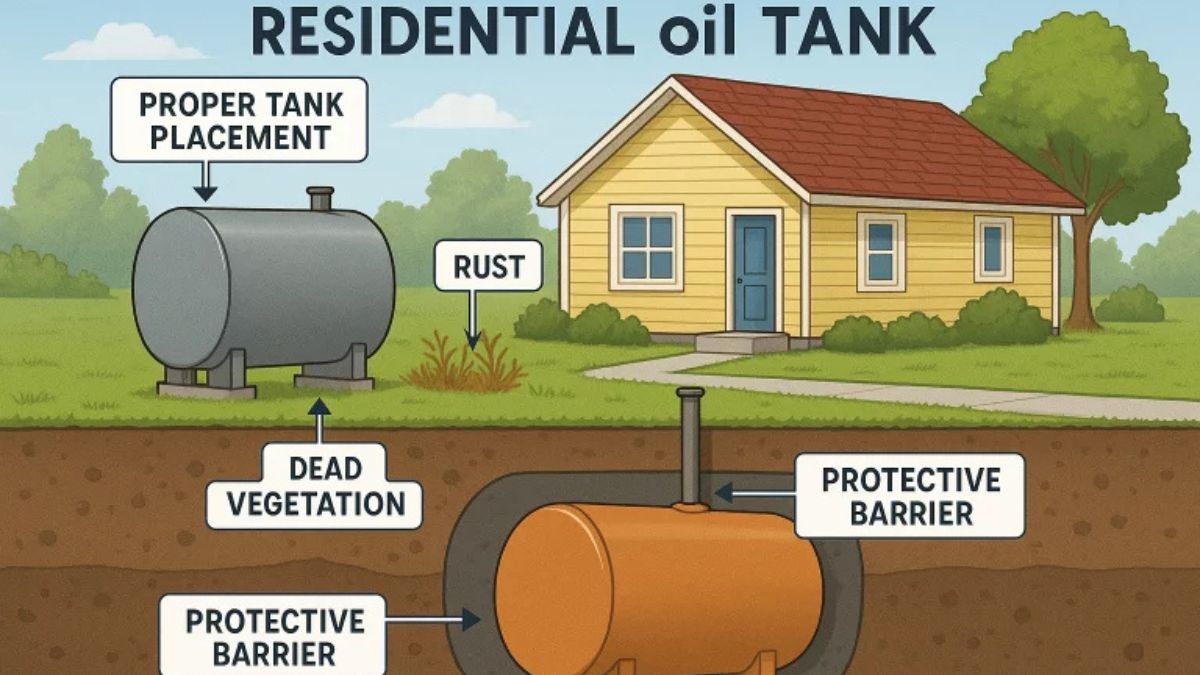Ensuring the safety and efficiency of residential oil tanks is both a practical necessity and a profound responsibility for homeowners. Oil tanks play a crucial role in providing reliable heating, especially in regions with harsh winters, making their upkeep fundamental to personal comfort and household security. Proper and consistent maintenance goes beyond simple precaution; it safeguards your valuable investment, helps sustain your property’s market value, and—most importantly—protects the local environment from potentially disastrous oil spills. Suppose you need trusted oil tank services Walden, NY. In that case, qualified professionals bring the expertise to assess, maintain, and upgrade your residential oil tank system, granting you genuine peace of mind and their skilled service. Regarding oil tanks, a proactive approach rooted in regular inspections and preventive care is key to long-term safety and operating efficiency. Both aboveground and buried tanks are subject to wear, corrosion, and aging.
Common Signs of Oil Tank Issues
Awareness is a homeowner’s best defense against developing oil tank problems. Recognizing early warning signs allows you to intervene before minor issues escalate into expensive or hazardous crises. Vigilance and routine inspection—whether done by homeowners or licensed professionals—can make a difference. Here are the most common indicators of impending oil tank trouble:
- Rust, Dents, or Wet Spots: Even minor physical damage, such as rust spots, strange bulges or dents, or visible wet patches on and around the tank, often signals deeper structural problems. Rust means metal is eroding, weakening the tank and making leaks more likely.
- Unexplained Fuel Consumption: A noticeable spike in oil usage without a matching rise in heating demand frequently suggests an undetected leak, plumbing issue, or significant system inefficiency. Tracking your historical oil usage can help you quickly spot abnormal consumption trends.
- Oil Odors: The smell of oil near your tank—especially if persistent—should never be ignored. This often means vapors are escaping due to a leak, faulty fittings, or venting issues, all of which need urgent attention.
- Dead Vegetation: If you notice patches of grass or other plants dying near a buried tank, it often indicates oil is seeping into the soil and poisoning plant life. This is a telltale sign of underground leaks contaminating the surrounding environment.
By remaining proactive with regular visual checks and keeping detailed records of oil usage, you position yourself to address any early-stage issues and protect your home and neighborhood from far-reaching consequences.
Preventive Measures to Ensure Safety
Implementing a thoughtful and practical set of preventative measures is vital to maximizing both the safety and efficiency of your residential oil tank system. Here are some proven steps that every homeowner should consider to reduce risk and enhance equipment longevity:
- Regular Inspections: Have your tank checked by licensed professionals at least once a year. These experts are skilled at detecting hidden corrosion, weaknesses, or early warning signs that might escape casual notice. These annual check-ups verify the tank’s structure, connections, venting, and surrounding area, and can uncover small leaks or vulnerabilities before they worsen.
- Protective Coatings: Applying corrosion-resistant paints or coatings to the tank’s exterior creates a barrier against rust, especially in humid or salty environments. These coatings form your first line of defense, extending the tank’s lifespan and minimizing rust-related leaks.
- Secondary Containment: Installing containment trays or physical barriers below and around your tank can capture drips, spills, or leaking oil before it can spread. This precaution is especially important for aboveground installations, helping protect your foundation and preventing oil from migrating into the soil or water supply.
- Proper Installation: Carefully chosen locations and techniques are foundational to long-term safety. Place tanks on stable, non-corrosive surfaces, away from moisture-prone areas or tree roots that could disturb underground tanks. Avoid positioning tanks beneath overhanging structures or surfaces vulnerable to water pooling, which can accelerate corrosion and instability.
State experts stress that proactive maintenance—combined with strategic installation in suitable locations—is the most effective way to avoid the massive costs and headaches associated with oil tank spills.
Addressing Leaks and Spills Promptly
Should the unexpected occur, an immediate and structured response is crucial to curbing property damage and containing environmental fallout from oil leaks or spills. Swift action isn’t just a matter of responsible homeownership; reporting and professional remediation after a leak is a legal requirement in many states. Here’s what you should do if you suspect or spot a leak:
- Alert Authorities: For guidance, contact your local environmental protection agency or emergency response office. Reporting early can connect you to needed resources and help ensure your compliance with legal responsibilities.
- Contain the Spill: Utilize absorbent pads, sandbags, or similar materials to create a barrier around the spill. Prompt action helps keep the oil from spreading beyond the immediate tank area. Don’t touch the oil directly, and always prioritize your safety.
- Call Cleanup Experts: Remediation professionals are specially equipped and trained to assess contamination, remove tainted soil, and restore the site. They will use environmental best practices to minimize long-term damage and can provide documentation for regulatory bodies if needed.
Remember that even seemingly minor leaks can result in significant, ongoing harm, especially if heating oil reaches groundwater or migrates off your property. Timely action can distinguish between a manageable cleanup and a drawn-out, costly recovery.
Conclusion
Maintaining an oil tank is not just about preventing breakdowns—it’s about preserving your home’s safety, protecting the environment, and avoiding steep financial consequences. Homeowners can significantly reduce the risks associated with oil tank systems by staying vigilant to warning signs, investing in regular maintenance, and responding quickly to any leaks or malfunctions. A well-maintained tank is a quiet asset: efficient, dependable, and secure. Whether upgrading an old unit or simply staying ahead of seasonal wear, taking proactive steps today ensures peace of mind for years to come.











